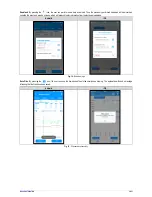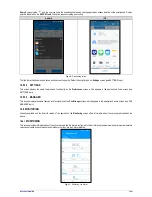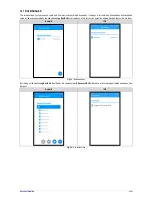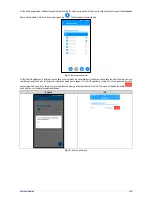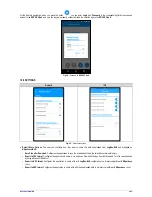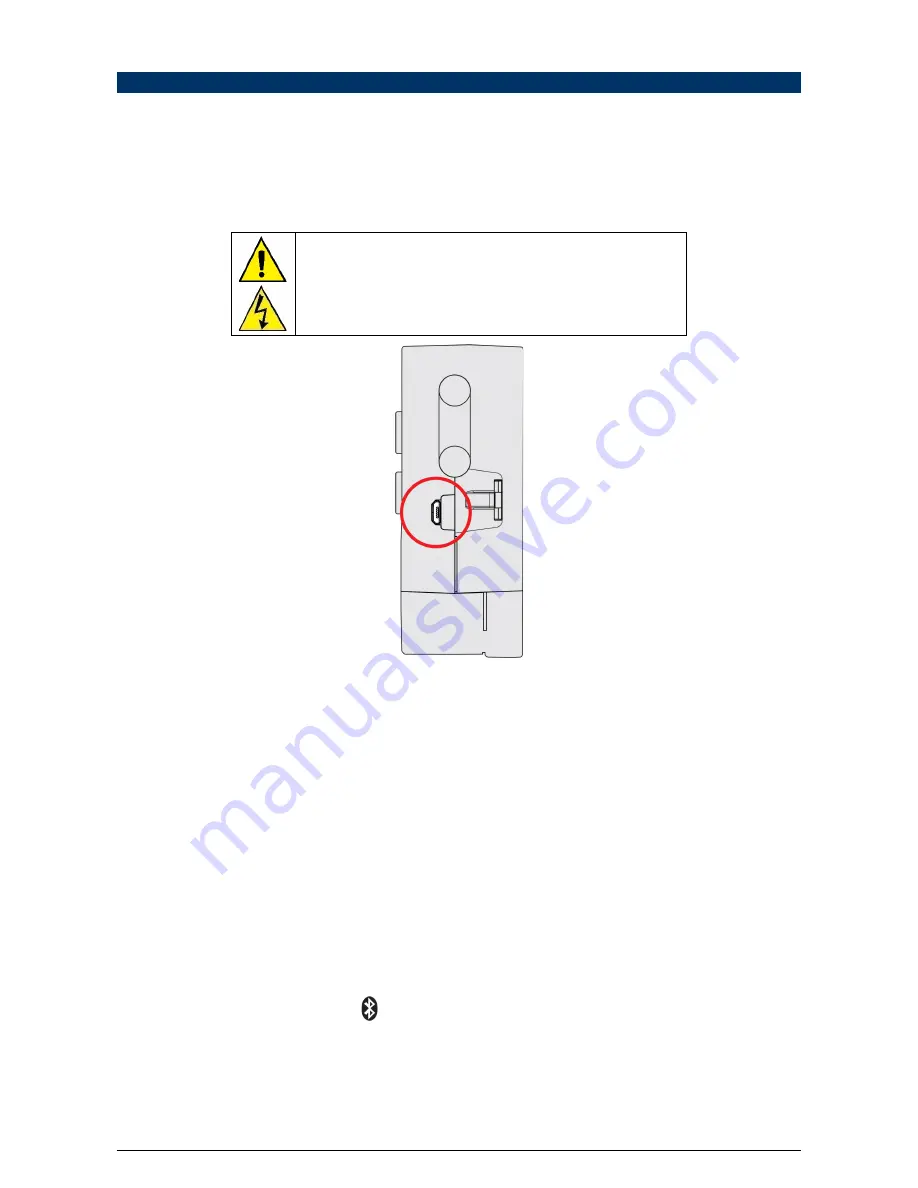
NOVUS AUTOMATION
51/57
11.
COMMUNICATION INTERFACES
USB
12.1
The USB interface is the preferred interface for configuring, monitoring, and download device logs. It is the only interface which can never be
disabled. To access it, you must first install
NXperience
for Windows to install the USB driver (see chapter CONFIGURATION SOFTWARE for
more information), and then use a USB cable in the micro-USB standard (not supplied) for desktop or notebook connection. When connecting the
USB cable, the icon should light up on the device display, indicating that the interface is ready for use. On the first use, wait for Windows to
automatically install the driver that was already pre-installed by
NXperience
. The configuration, monitoring, and download of device logs via the
USB interface must be performed by the
NXperience
software.
The USB interface is NOT insulated. Its purpose is temporary use during
CONFIGURATION, MONITORING, and LOG DOWNLOAD. For people and
device safety, it should only be used with the device completely disconnected
from the external power supply input. Using the USB interface in any other
connection condition is possible, but requires careful analysis by the person
responsible for your installation.
Fig. 39
– USB cable connection
BLUETOOTH
12.2
The
LogBox-BLE
has a
Bluetooth
Low Energy
(BLE) interface, compatible with smartphones that have Bluetooth modules with a 4.1 or higher
version, typically found on smartphone
s
running Android 4.4 (KitKat) and iOS 11 (or higher).
Preferably, the first configuration of the BLE interface must be performed through
NXperience
via the USB interface. However, it is possible to
make the first configuration through the
NXperience-BLE
application (see chapter CONFIGURATION SOFTWARE) via the Bluetooth
interface. By
default,
LogBox-BLE
will be factory-configured with a 1-second warning period and SSID same as serial number. Thus, on the first use, the device
chosen in
NXperience-BLE
must be identified by the serial number on the device identification label.
Note
: Devices manufactured before September/2018 were configured with a 1-second advertise period and SSID “LogBox”.
The following configurations are available for the BLE interface:
•
Enabling/Disabling the BLE interface;
•
Configuring the device’s SSID Bluetooth
-
name by which the device will be recognized by the smartphone
;
•
Configuring the BLE interface’s Wake Up Mode:
o
Periodic: At configured frequency, the BLE interface will become available for the smartphone to connect to it;
•
Frequency: Configures how often the
LogBox-BLE
will make the BLE interface available for connection. A low frequency makes the
connection faster, but increases the device consumption, reducing battery life.
o
Via keyboard - the BLE interface will only become available for your smartphone to connect to it after a key is pressed. This option can be
selected to save energy.
If the BLE interface is enabled in periodic mode, the symbol remains lit, indicating that the Bluetooth
interface is available for connection or that
some device is connected. If the interface is configured to wake up via keyboard, the symbol will only remain lit while the device is
advertising
.
To speed up the pairing, if the BLE interface wake-up mode is set to Periodic, every time a key is pressed in the
LogBox-BLE
, the BLE interface
will have its frequency reduced to 100 ms for a 60 second interval. This allows the smartphone
to pair faster with
LogBox-BLE
in this range.
The maximum Bluetooth signal range is up to 10 meters without obstacles. However, in order to have a good connection that provides quick data
downloads, it is recommended to use a smartphone within a maximum distance of 5 meters.


